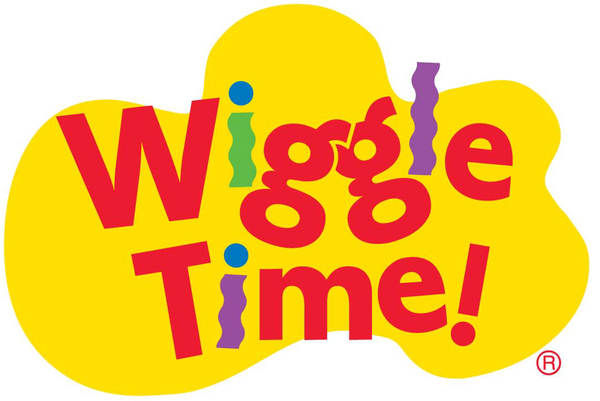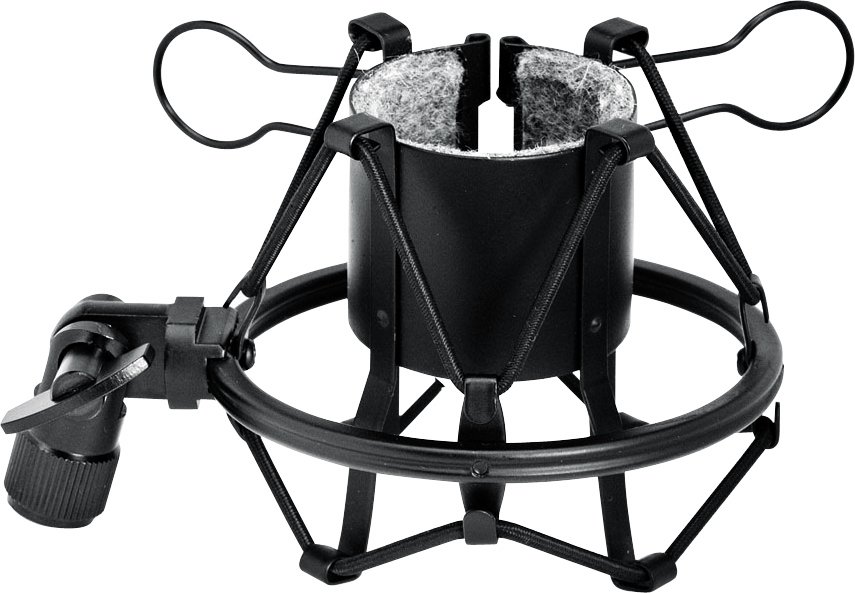My memory is weak but I think I asked before. What current are we currently talking about? And whats the spec on the choke? Per Lundahl can easily give you the spec for the task. Expressed in tesla for everyones convenience😉
Post #1440 has a photo, says 25mA on the chokes. He must be running about 21mA and I already asked him to lower b+ for cutting on current also, he did, and said no change on the damn wiggle.

Wiggle-wam bam, wanna make you understand
Try a little touch, try a little too much
Just try a little wiggle-wam bam
Cant find my box of variable cops. Maybe cause there are no
Try a little touch, try a little too much
Just try a little wiggle-wam bam
Cant find my box of variable cops. Maybe cause there are no
There are no cops on my country, so we all sing wiggle-wam-bam all the time. There are some dudes trying to use Word to write reports, but noone has found out how yet so they are still in da house.
There are some chokes tho but Karolinska is bleeding edge in bypassing them
There are some chokes tho but Karolinska is bleeding edge in bypassing them
 can sometimes be tested just by raising the tombs just a mm above the prarie, hanging just in their pin-skin. I had sum to but it went away thatwayawata.
can sometimes be tested just by raising the tombs just a mm above the prarie, hanging just in their pin-skin. I had sum to but it went away thatwayawata.What has happened to this thread? Are you guys drinking again. Maybe the wiggle was never there.
I would tap around on everything first. Distortion is normally too low on this even with a resistor anode load. Then if it was hum he would have heard it with 20dB line gain and 26dB power amp on 102dB speakers. If it was too much THD it could sound weird VS his #26. To surely tell for THD from here it takes we see FFT.
Maybe by tapping on the tube when running 1kHz sq wave it can be tested.
That was what I was thinking today.
Will test later. Little busy now.
😉can sometimes be tested just by raising the tombs just a mm above the prarie, hanging just in their pin-skin. I had sum to but it went away thatwayawata.

Simplest is to mount tubes on an internally heavy plate, maybe containing the chokes to, mounted/hanged up in rubber.
Looks nice.
Morgan Jones uses a similar arrangement for his RIAA amplifier in his book.
I think it is necessary, at least in my build.
I was going to order a new thicker aluminum plate anyway, so I have to do some planing how to isolate the tubes better.
Morgan Jones uses a similar arrangement for his RIAA amplifier in his book.
I think it is necessary, at least in my build.
I was going to order a new thicker aluminum plate anyway, so I have to do some planing how to isolate the tubes better.
I have read Welbourn suggest mounting it to perforated sheet, and then to main chassis. If you look at his amps, many have entire top as perforated sheet. Thought long and hard about mic setup, but really difficult/ expensive to do right. Would b eth eultimate isolation.
Respect to that but I think its mainly for ventilation. If you have microphony you need to isolate vibrations. Soft material is the usual.
Thats what i would have thought, but if i remember correctly, he said the perforation helped beyong heat. You could ,ount it on a sub plate, seperated from main chassis by sorbethane grommets, like i did. Or just mount socket that way. Dont know if temperature of socket is bad for sorbethane.
- Home
- Amplifiers
- Tubes / Valves
- 6V6 line preamp
 Can the wiggle be the microphony as the Hz get low?
Can the wiggle be the microphony as the Hz get low?